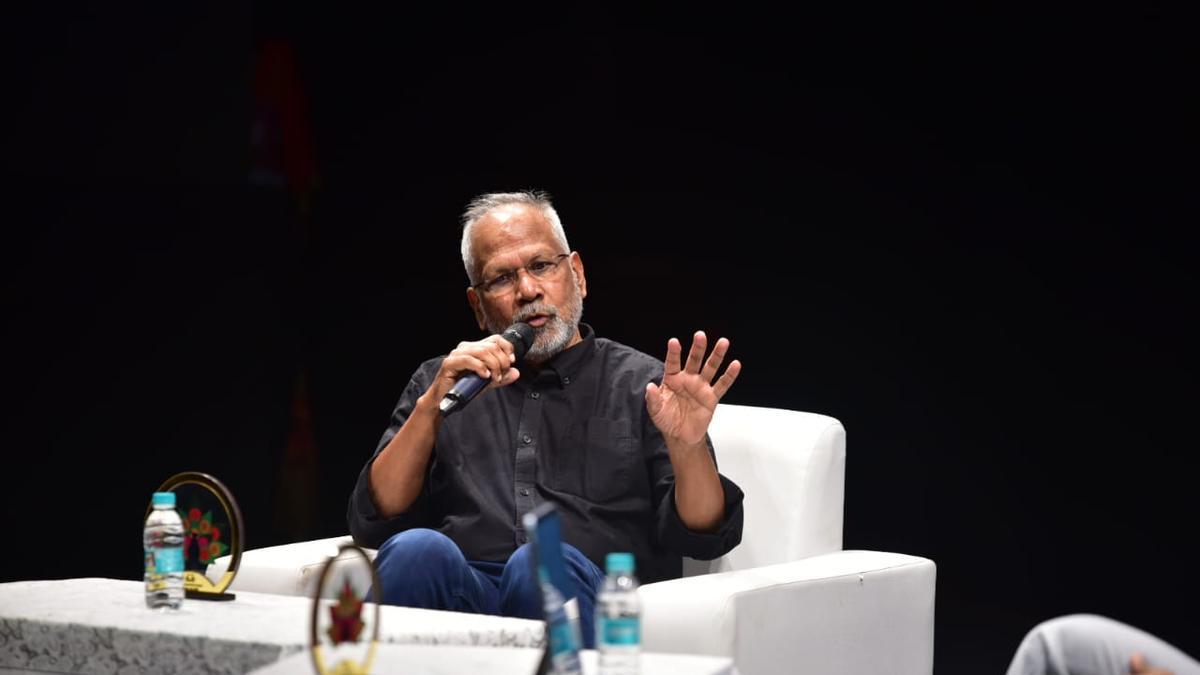
New Delhi: _Bastar: The Naxal Story_, a 2024 Indian Hindi-language political thriller, directed by Sudipto Sen and produced by Vipul Amrutlal Shah, has sparked considerable attention since its release. The film, featuring a star-studded cast that includes Adah Sharma, Indira Tiwari, Vijay Krishna, Shilpa Shukla, Yashpal Sharma, Subrat Dutta, and Raima Sen, delves into the harrowing Naxalite–Maoist insurgency in the Bastar district of Chhattisgarh. Announced in June 2023, the film hit theatres on March 15, 2024, but has since received negative reviews from critics and fared poorly at the box office.
Director Sudipto Sen, in an exclusive interview, shared his insights and experiences surrounding the making of _Bastar: The Naxal Story_.
**Q: After the success of _The Kerala Story_, what were the challenges you faced during the research for the movie?**
**A:** The research for _Bastar_ actually began even before we delved into _The Kerala Story_. This was well before 2014. My upbringing in Jalpaiguri, North Bengal, placed me amidst the chaos of the Maoist movement, which profoundly influenced me. My co-writer, who actively participated in this movement and was even jailed, contributed his firsthand experiences, making our research decades old. By the time we finalized the script for _The Kerala Story_, we were equally prepared with _Bastar_. It was a simultaneous decision between Vipul Ji and me to undertake both films.
**Q: What inspired you to delve into the subject of the Naxalite-Maoist insurgency in the Bastar district for _Bastar: The Naxal Story_?**
**A:** Witnessing the movement firsthand was a significant influence. The movement originated in 1967 in Naxalbari, merely 40 km from my hometown. As I grew up, I saw it spreading from North Bengal to South Bengal, and then to various states like Bihar, Jharkhand, Odisha, Andhra Pradesh, and Madhya Pradesh. By the time I decided to create a film, Bastar had emerged as the epicenter of this insurgency. My academic interest and curiosity about the Maoist activities kept me visiting Bastar over the years, solidifying my resolve to tell this story.
**Q: How did you approach the process of balancing the narrative between the broader political context and the personal stories of characters like Ratna and Neerja?**
**A:** It was quite straightforward for me. I was determined to narrate the stories of Neerja and Ratna, around whom the narrative naturally evolved. Their stories encapsulated the broader context of Bastar, enabling me to explore the political landscape without deviating from the core narrative. _Bastar_ spans the period between 2005 and 2013, including significant events like the Salwa Judum movement. Through the personal tales of Ratna and Neerja, we could delve deeply into the political climate of that era.
**Q: What were some specific experiences or challenges you encountered while shooting in Bastar?**
**A:** Filming in Bastar came with its set of challenges. The region is fraught with tension due to ongoing insurgent activities. We had to navigate security concerns meticulously and ensure the safety of our crew. Additionally, capturing the raw, undiluted essence of Bastar demanded extensive interaction with local communities. These interactions enriched the story, adding layers to the fictional narratives of Ratna and Neerja. However, logistical challenges, such as transporting equipment through difficult terrains and ensuring seamless communication with locals who spoke different dialects, required substantial planning and adaptability.
**Q: How did the local population react to the filming of a movie about such a sensitive topic?**
**A:** The local reactions were mixed. While some were apprehensive about revisiting painful histories, others saw it as an opportunity to bring attention to their plight. We conducted several workshops and discussions with local leaders and community members to ensure they were comfortable with how their stories were being portrayed. This collaboration helped us gain their trust and added authenticity to the storytelling. Respecting their perspectives was paramount, as we didn’t want to intrude but rather co-create a narrative that resonated truthfully with their experiences.
**Q: What do you hope audiences will take away from _Bastar: The Naxal Story_?**
**A:** I hope the film serves as a window into the complex socio-political landscape of Bastar and the Naxalite movement, challenging viewers to engage with perspectives they might not have considered. More importantly, through the personal journeys of Ratna and Neerja, I want the audience to understand the human cost of political unrest. The film is not just about insurgency but also about resilience, hope, and the unwavering spirit of those caught in the crossfire.
Despite its critical and commercial reception, _Bastar: The Naxal Story_ stands as a testament to Sen’s relentless pursuit of capturing complex, often controversial subjects on film. His dedication to portraying this tumultuous chapter of Indian history underscores his commitment to blending storytelling with socio-political commentary.
**Q: Considering the negative reviews and box office performance, how do you reflect on the journey of making _Bastar: The Naxal Story_?**
**A:** Every film has its journey, and success isn’t solely defined by box office numbers or critical acclaim. Despite the reviews, I believe _Bastar_ succeeded in raising awareness and sparking conversations about an often-overlooked issue. The challenges we faced and the stories we told are worth more than immediate reception. I’m proud of the film and the effort my team put into bringing this story to light. Feedback will always be a mix of good and bad, but the true measure of a film’s impact is its ability to invoke thought and reflection, which I hope _Bastar_ has achieved.










